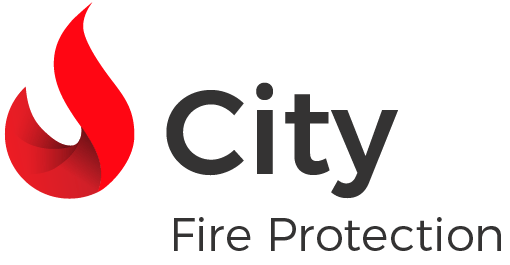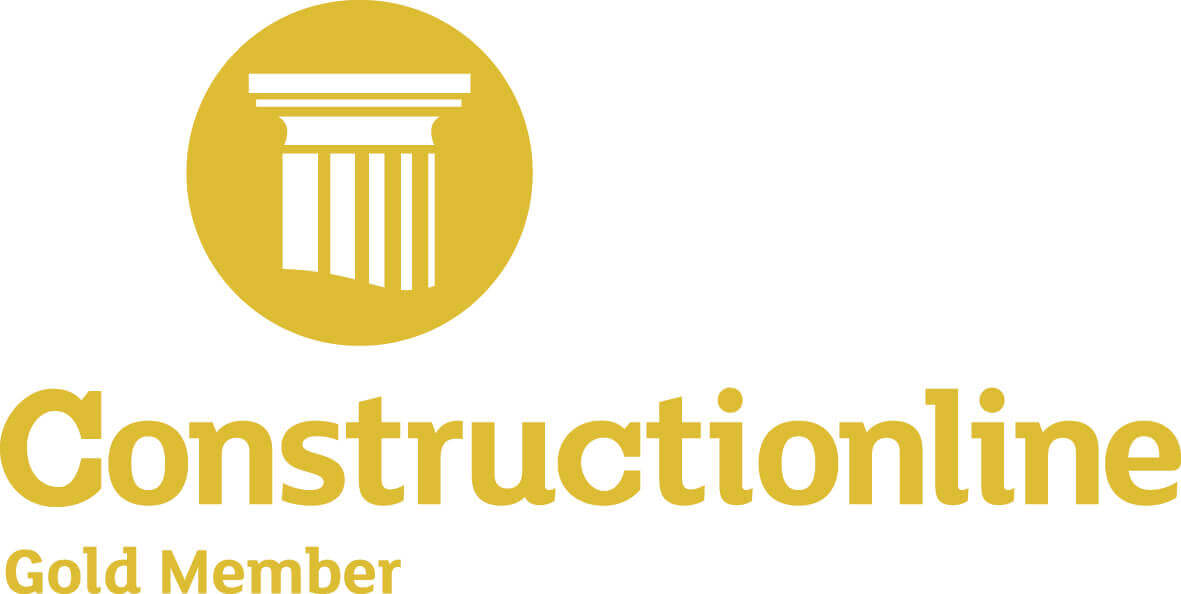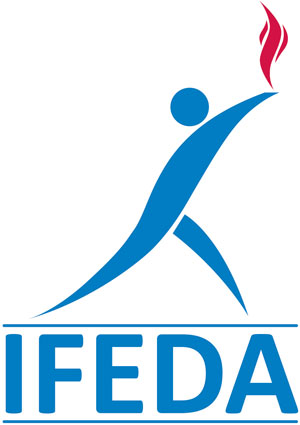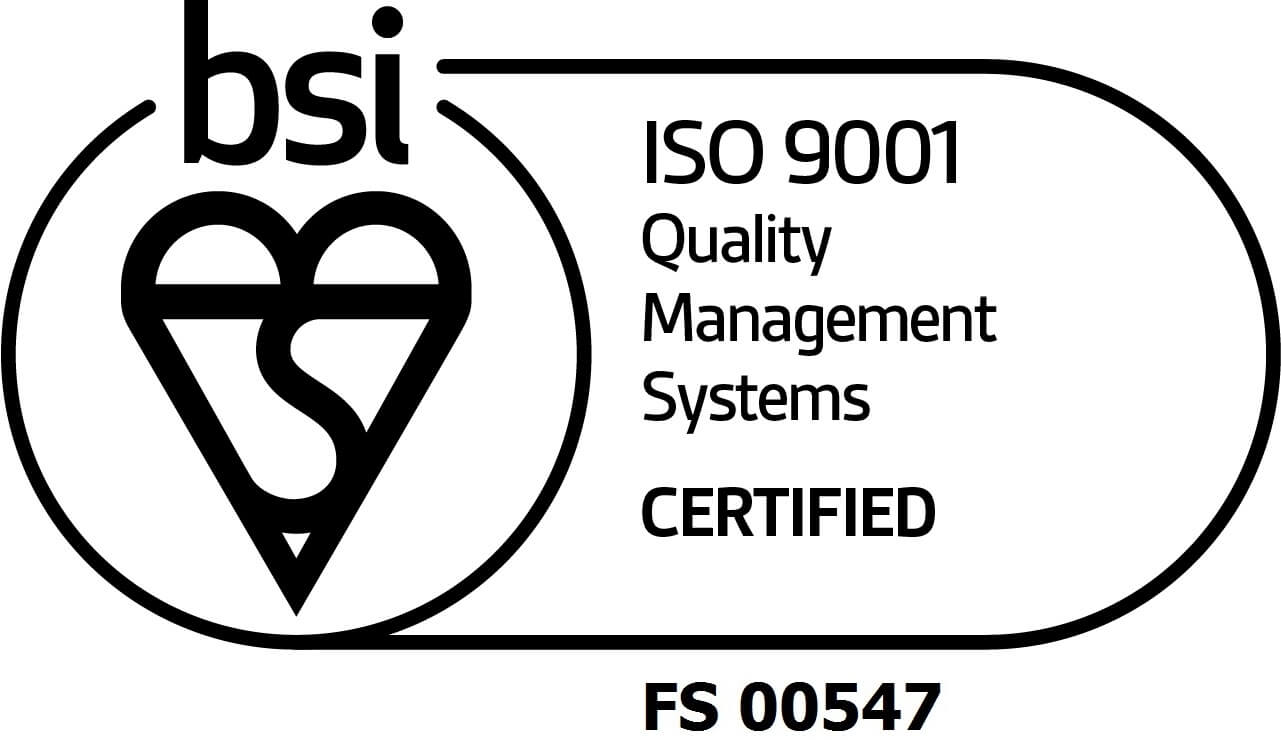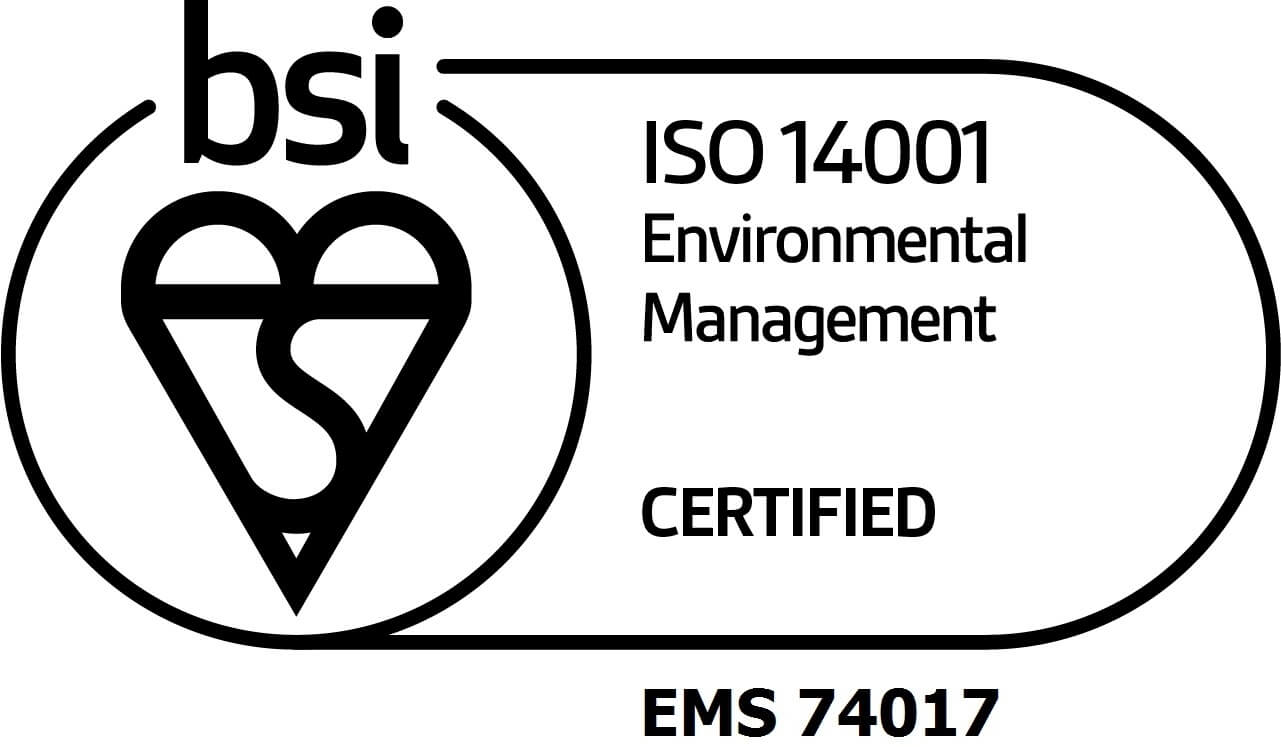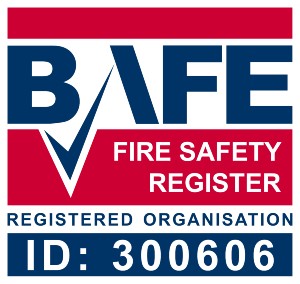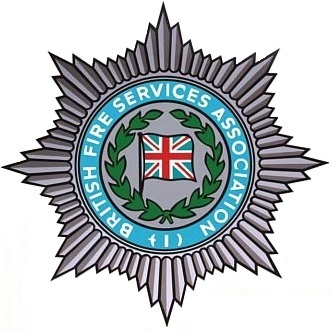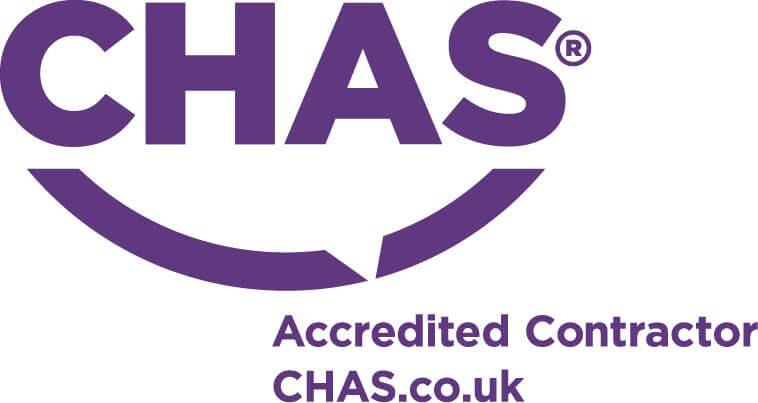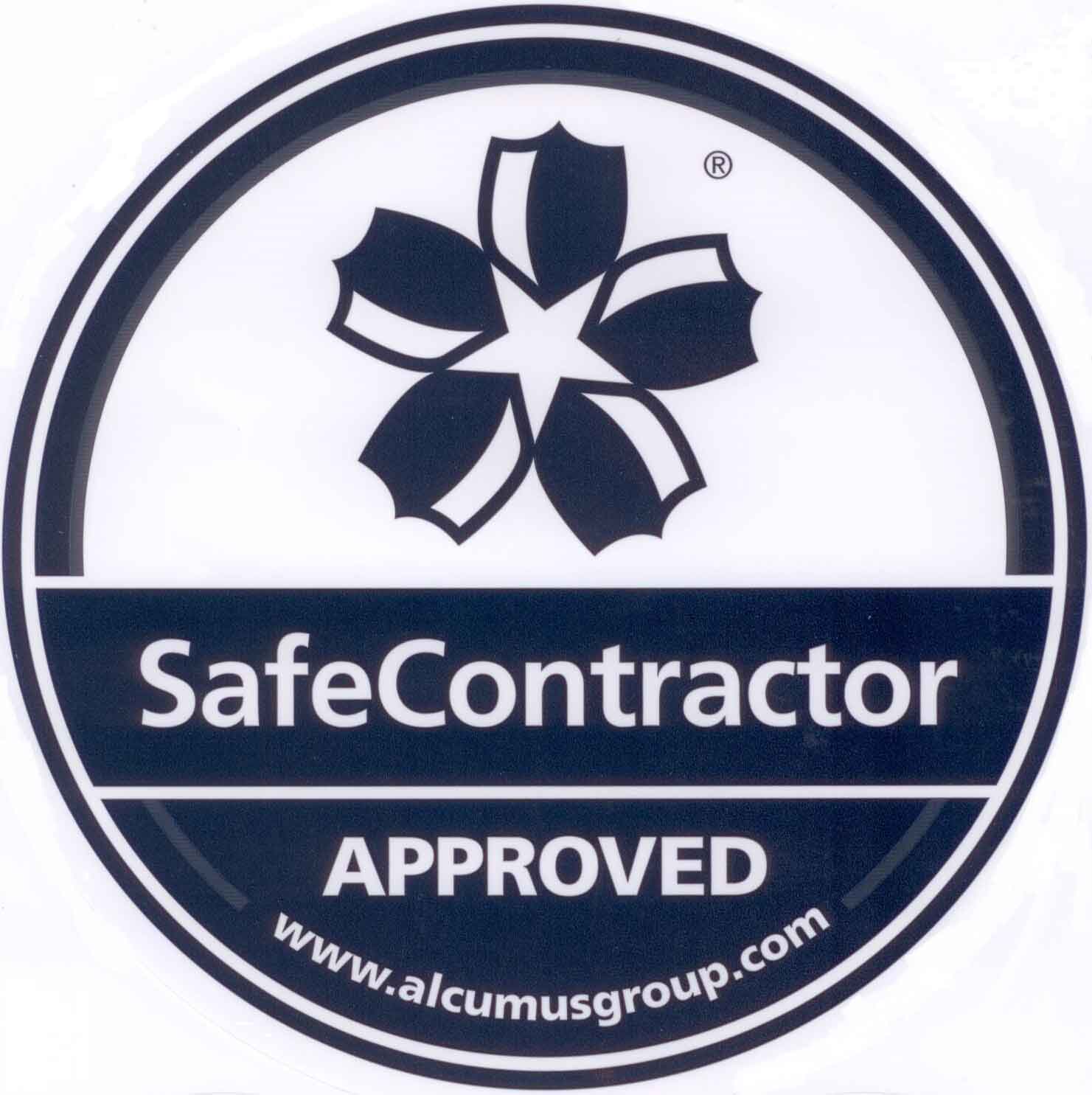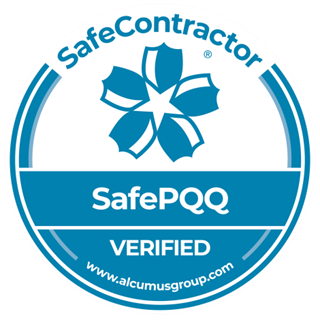What Does A Fire Risk Assessment Identify?
Having a fire risk assessment might seem like a time-consuming task to organise, but it can help to drastically improve fire safety in your building. It’s also a legal requirement for every business to have one, per the Regulatory Reform (Fire Safety) Order, with a written record needed for any business that employs five or more people.
There are multiple facets to a fire risk assessment, but the key thing to remember is that they are designed to help you improve safety. The overall aim is to create a safe working environment where you avoid injury and loss of life.
With these important goals in mind, this month at City Fire Protection, we’re going to lay out exactly what a fire risk assessment identifies and the different elements.
We are experts in all aspects of fire safety for your business and staff. Call our team on [ld_default] to discuss your requirements, or book an appointment with one of our advisors.
Send our team a messageWhat’s included in a Fire Risk Assessment?
According to the government guidelines, there are five elements to a fire risk assessment:
- Identify the fire hazards
- Identify people at risk
- Evaluate, remove or reduce the risks
- Record your findings, prepare an emergency plan and provide training
- Review and update the fire risk assessment regularly
Let’s dive deeper into each of these sections:
Identify the fire hazards
The first phase of identification starts with the potential fire hazards in the building, including:
- Potential sources of ignition – including naked flames and things such as heaters, anything that involves flames or heat
- Potential sources of fuel – including waste materials, textiles, a build-up or overstocking, anything that provides a quantity of flammable material
- Potential sources of oxygen – including medical or commercial oxygen supply or air conditioning units, anything that provides a purer or more frequent flow of O2
Identify people at risk
The second thing a fire risk assessment identifies is the people at risk in a building:
- People who are unfamiliar with the premises, e.g. seasonal workers, contractors, visitors and customers
- People with language difficulties
- The people who work alone or in isolated areas of your premises
- Children and parents with babies
- Those with disabilities, the elderly and infirm
- Other persons in the immediate vicinity of the premises
Evaluate, remove or reduce, and protect from the risks

The next step is to evaluate the risks and find ways of removing or reducing them. The following are the kinds of questions you should be asking yourself:
- Can you replace flammable materials with less flammable ones?
- Can you keep flammable materials away from the sources of ignition identified?
- Do you have a strict policy when it comes to smoking?
- Is electrical, mechanical and gas equipment installed, used, maintained and protected in accordance with the manufacturer’s instructions?
- Are we taking the right precautions to protect against arson?
- Are we checking all areas where hot work (e.g. welding) has been carried out to ensure no ignition has taken place?
How you remove and reduce risks will depend on your business. From here you can then look at other ways of protecting against the risk of fire:
- Fire detection and early warning systems
- Fire extinguishers to meet the potential risks
- Safe evacuation routes
- Fire doors and exits
- Emergency lighting
- Implement a hot-work policy
- Staff training
Record your findings, prepare an emergency plan and provide training
Your fire risk assessment findings should be recorded. This involves noting the hazards and people at risk identified, along with the action taken (removing or reducing risk and the protection against risk).
From here you can also create your emergency plan, with the specific challenges of your business and premises in mind. This will involve giving information and training to your staff so that they know the risks and the plans for emergencies. If you have fire marshals, they may need a higher level of training to help implement your plans.
Review and update the Fire Risk Assessment regularly
Reviewing your fire risk assessment is important and should be done with regularity no matter what happens.
However, if you experience a fire or if your business/building sees significant changes in any way, a new fire risk assessment should be carried out. A few examples of this include:
- Where there are changes to the structure of your building
- Where there are major changes to the function or purpose of any part of your building
- Where new, hazardous substances are kept on site
- After a fire-related incident or accident
- If you notice damage to fire safety equipment
- Where there are changes to the number of staff on the premises
- Where staff with disabilities are hired
Who should have a Fire Risk Assessment?
A fire risk assessment is a legal requirement for pretty much every business. It doesn’t apply to private individuals’ homes, be that flats or houses. However, be aware that common areas of HMOs and blocks of flats will be subject to the Regulatory Reform (Fire Safety) Order.
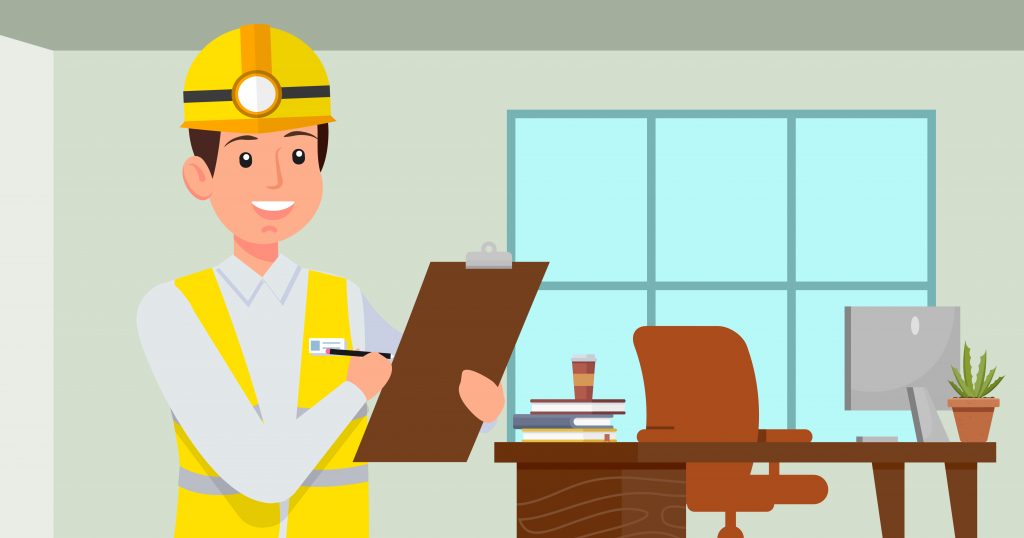
The government guidelines give the following as examples of businesses and buildings where fire risk assessment is necessary:
- Offices and retail
- Hospitals and care homes
- Places of worship
- Community halls and premises
- Factories and warehouses
- Schools and education facilities
- Pubs, restaurants and clubs
- Hotels and hostels
- Sports centres
- Tents and marquees
Need to get a new fire risk assessment? Or need new fire safety equipment for your business?
Send our team a messageThe following are just a few examples of how a fire risk assessment can be applied in different sectors:
Fire Risk Assessments for Offices and Shops
For offices and shops, there are unique elements that a fire risk assessment should take into account for the following areas:
Identifying hazards
- Sources of ignition could include: lighters, matches, candles, open gas flames, welding equipment, cooking equipment, fault electrics, lighting equipment and arson.
- Fuel sources could include: liquids such as photocopier liquids, cooking oils, paints, packaging materials, clothing displays, waste products, polyurethane foam-filled furniture and flammable gases such as LPG.
- Oxygen sources could include: oxidising chemicals, oxygen from cylinders used for welding and in pyrotechnic items such as fireworks.
Identifying people at risk:
- Employees who may work alone or be isolated, including cleaners and security
- Seasonal workers, temporary staff, guests, visitors and customers
- Those with a disability or the elderly who may not be able to leave quickly
- People in the vicinity of the building
- People who may have difficulty with language
Evaluate, remove, reduce and protect
This step should take into account all of the above, replacing potentially dangerous items with safer ones, storing flammable items appropriately, maintaining equipment.
Reduce the risk to vulnerable people with adequate fire precautions, such as fire alarms, fire safety equipment, evacuation plans, escape routes, lighting, signs and notices.
Fire Risk Assessments for Healthcare Premises
Healthcare premises contain their own risks in comparison to other non-dwelling buildings, which is where a fire risk assessment can help:
Identifying hazards
- Sources of ignition could include: electric, gas or oil heaters, matches and lighters, candles, cooking equipment, faulty electrics, welding by contractors, blocked equipment ventilation and arson (possibly from patients suffering with a mental illness).
- Sources of fuel could include: laundry supplies, linens and medical supplies, toiletries, wood and textile furniture, clothing and decorations, cleaning products, flammable gases such as LPG and waste products.
- Sources of oxygen could include: oxidising chemicals and oxygen supplied from cylinders.
Identifying people at risk
- Employees who may work alone or be isolated, including cleaners, nursing staff, maintenance staff and anyone on night shifts
- Those unfamiliar with the premises, including staff, visitors and contractors
- Patients unable to evacuate without assistance, including, the elderly, those with mental or sensory impairment
- Visitors and guests with mobility issues or with children
- People in the vicinity of the building
- People who may have difficulty with language
Evaluate, remove or reduce and protect
- Implementation of a smoking policy to prohibit smoking in or around the building
- Regular maintenance of equipment and electrics
- Use alternatives to flammables where appropriate
- Take steps to prevent arson attacks
- Avoid naked flames in heating and restrict the movement of portable heating appliances
Fire Risk Assessments for Residential Care Premises
A fire risk assessment can help to keep residents in care premises safe, especially the most vulnerable through the following:
Identifying hazards
- Sources of ignition could include: electric, gas or oil heaters, matches and lighters, candles, cooking equipment, faulty electrics, equipment owned by residents, blocked equipment ventilation such as photocopiers, arson and vandalism.
- Sources of fuel could include: the structure of the premises (walls, floors, ceilings and fixtures), laundry supplies, linens and medical supplies, toiletries, wood and textile furniture, paper products such as stationery, clothing and decorations, personal belongings, cleaning products, flammable gases such as LPG, waste storage areas and waste products.
- Sources of oxygen could include: oxidising chemicals and oxygen supplied from cylinders.
Identifying people at risk
- Employees who may work alone or be isolated, including cleaners, nursing staff, maintenance staff and anyone on night shifts
- People who may be isolated, such as contractors or maintenance workers in roof spaces or plant rooms
- Those unfamiliar with the premises, including staff, visitors and contractors
- Residents who require assistance such as the elderly, disabled, children and babies, as well as those with mobility and sensory impairments
- Visitors and guests with mobility issues or with children
- Those who may panic or react adversely to an alarm, fire or general excitement
Evaluate, remove or reduce and protect
- Implementation of a smoking policy to prohibit smoking in or around the building
- Regular maintenance of equipment and electrics
- Use alternatives to flammables where appropriate
- Implement a permit system for any hot works to be carried out
- Take steps to prevent arson attacks
- Avoid naked flames in heating and restrict the movement of portable heating appliances
Here at City Fire Protection, we carry out fire risk assessments on behalf of your business. Covering London and Birmingham, our expert team will help you identify risks and ways of reducing them, ensuring you’re operating in line with the law to help save lives.
Call our team on [ld_default] and get a free quote for a fire risk assessment of your premises or for more details on what they involve.
Send our team a message